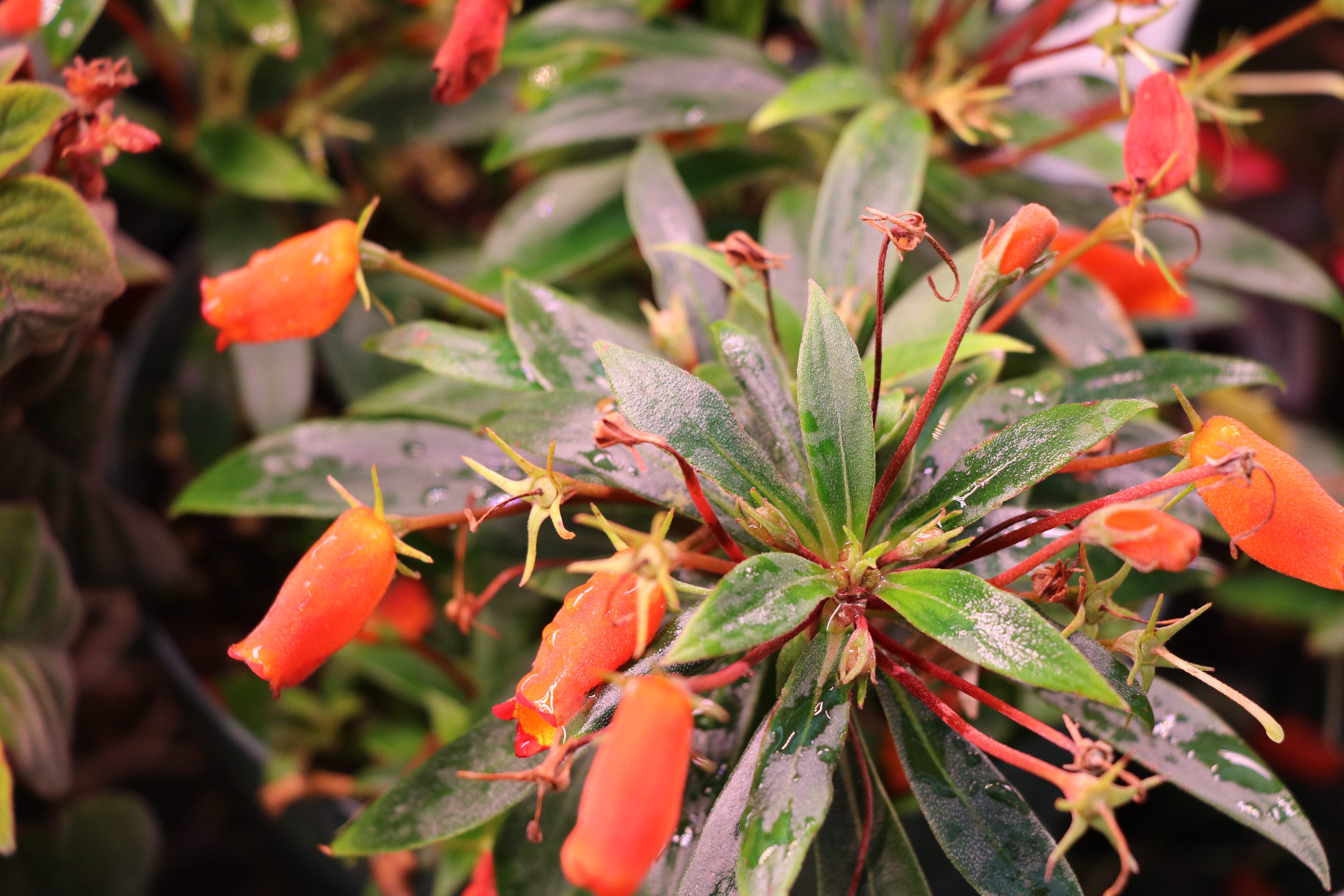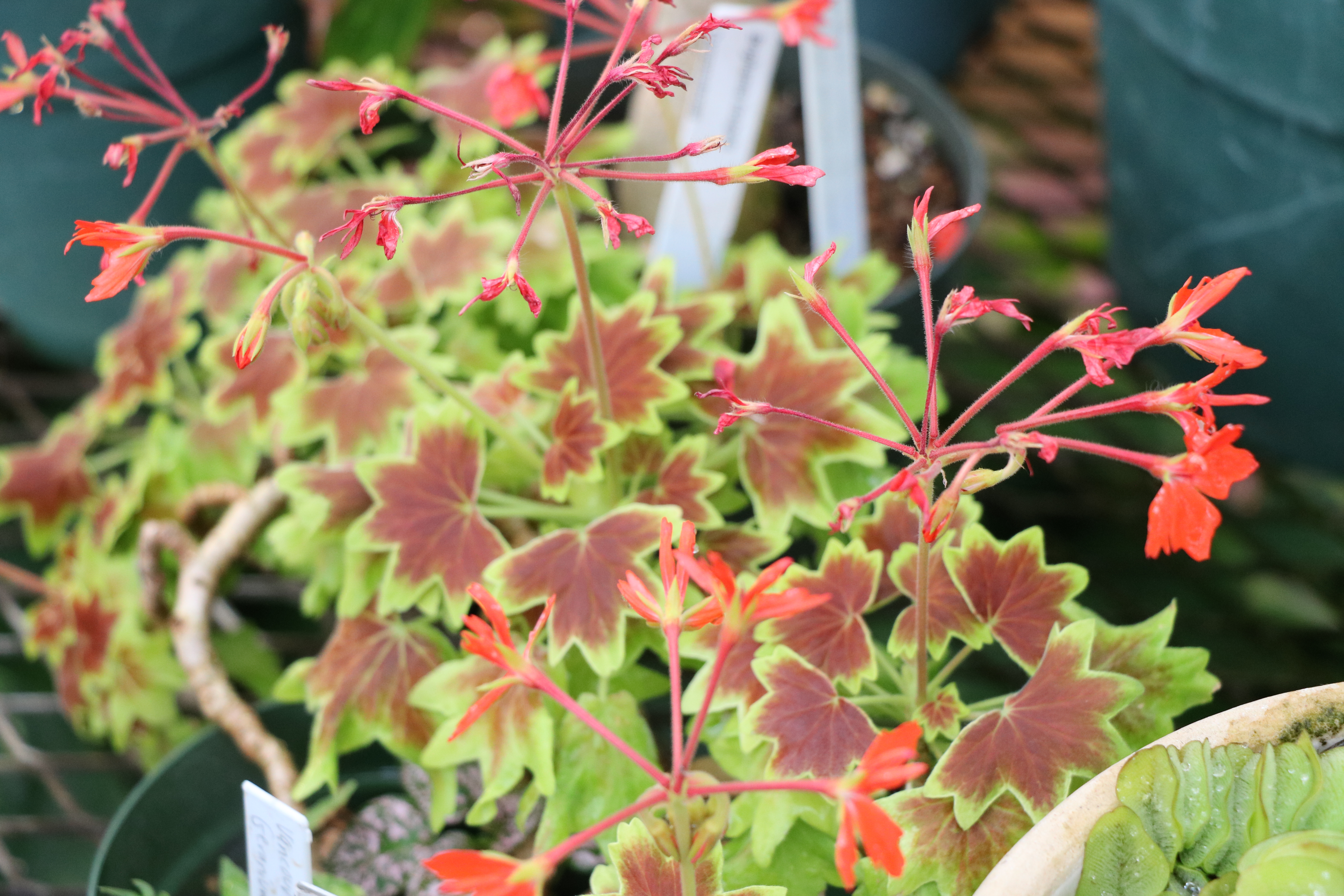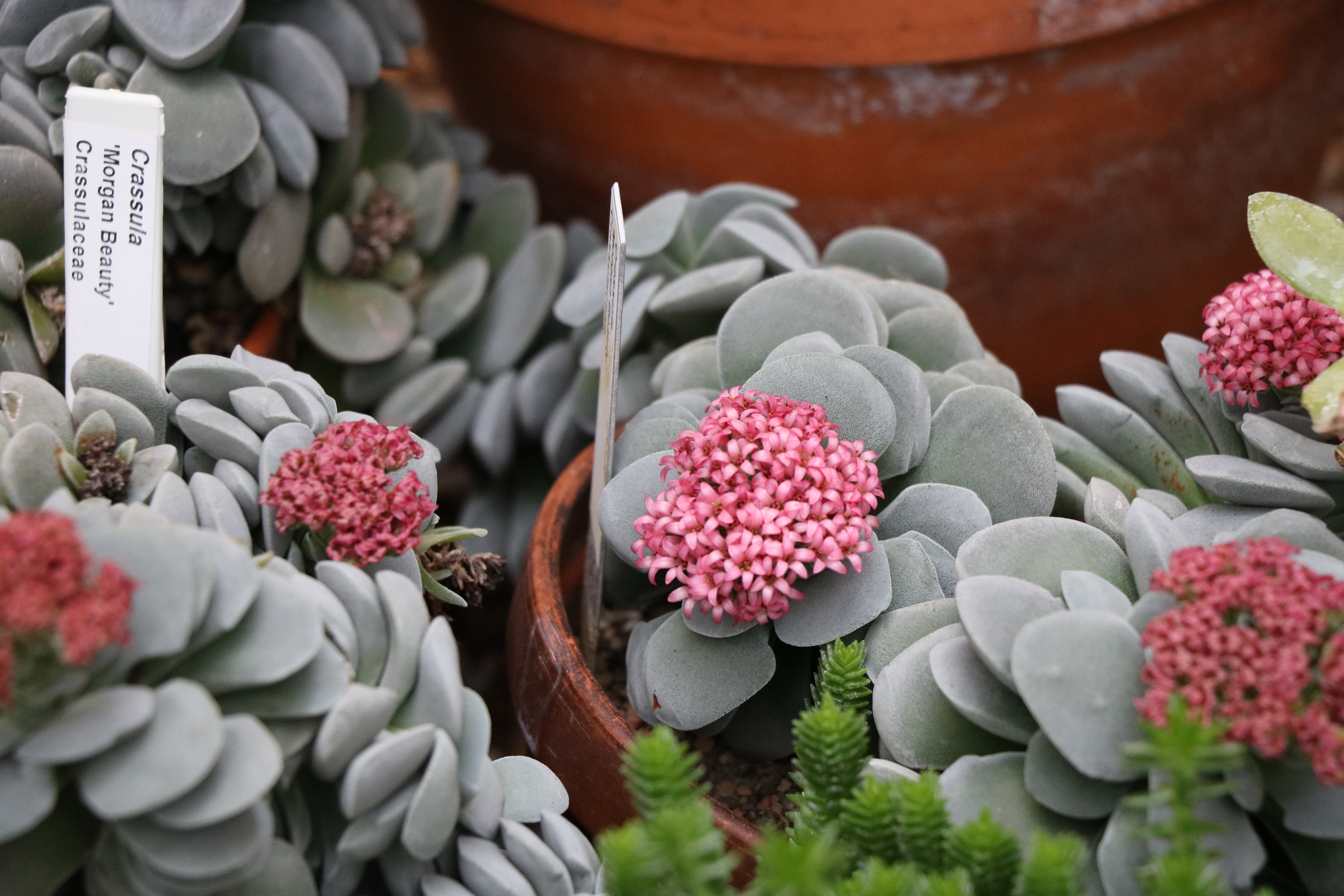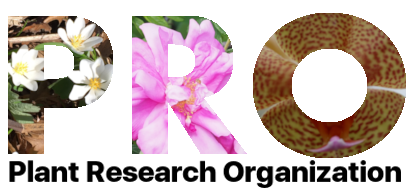Despite the frigid temperatures of the northern midwest, tropical plants grow in Wisconsin. They aren’t found outdoors, instead they are found inside the greenhouses of the University of Wisconsin – Madison campus. Even during the gloomy and grey trying times of winter, UW-Madison’s greenhouses light the landscape with their artificial glow. These greenhouses are centers of research, experimentation, and general education. In some greenhouses, mutant crops and genetically engineered specimens are grown and studied. In others, exotic plants are squeezed together as unlikely neighbors. There are even greenhouses that exhibit industry practices found in greenhouse vegetable production, cut flower production, or turf management, which may eventually make it to the various illustrious decorations on the university campus.

Connected to Birge Hall, the center for the Department of Botany at UW-Madison, is the Botany Greenhouse. This greenhouse is exquisite due to the diversity of specimens and their apparent health. The Botany Greenhouse is a place of wonder, abound in mysterious forms and plants originating from a worldly variety of environments. Plants hailing from afar find themselves together taking refuge from the frigid temperatures of southern Wisconsin. What might appear as a mirror image of nature is truly a memorial to Carl von Linné and the league naturalists that understood plants through their similarities. The various sections of the greenhouse are dedicated to simulate environments and therefore collect in them unlikely companions.


In this environment, humans are the controllers of the climate and the curators of its ecosystem. The illusion of a natural order is created by the likeness in color, form, and adaptation to similar environmental conditions. Much like curators in a museum, faculty at the university decide which plants are worthy of consuming the precious space of the greenhouse. This space is truly precious, not due to a moral designation but due to the logistical feat of keeping greenhouses warm through a Wisconsin winter.



Greenhouses are feats of engineering. The greatest paradox is that the greenhouse requires a material composition that allows energy from the sun to penetrate, so as to transmit and capture it, but also requires that this material is capable of insulating the structure, so as retain and not re-transmit heat outward. These characteristics are naturally opposing, yet through the advances in material engineering, the seemingly impossible can be achieved.
Greenhouse environments have to be curated by humans, and it is important to understand this concept. Due to the intense costs associated with running a greenhouse, the costs associated with a given space/area is higher than compared to an outdoor garden or field. Curating this space may lend itself towards jamming as many plants from similar climactic conditions such as the UW-Botany Greenhouse for educational purpose, but it in other cases it may involve selecting plants that produce high value products such as flowers, nutrient dense plants, and plants of medicinal value. This value can be controlled by speculation and consumer demand as is the case with the cannabis industry, which dominates much of greenhouse production.
In all, greenhouses illustrate the peculiar role that humans play in designing environments and propagating life outside of its historic or current geographic boundaries. Greenhouses also merge disciplines by a fusion of engineering, business modeling, plant sciences including plant pathology, and many more.

